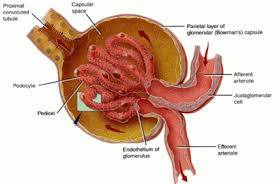It is dangerous to eat these foods for uremic patients
High potassium foods can cause hyperkalemia, so they should to be limited. The kidney is the main pipeline of excretion for potassium in the body, when the glomerular filtration rate of uremia patients fell to 20~25ml/min or lower ,then renal excretion of potassium ability decreased gradually, so potassium ions easily piled up in vivo, prone to cause hyperkalemia. And high potassium can cause cardiac muscle to be suppressed and decrease myocardial tension, then appeared bradycardia and cardiac enlargement, weakened heart sound, arrhythmia and other symptoms. Therefore, uremic patients should strictly limit the intake of high potassium food, in the daily diet; they should consciously avoid the high potassium food.
High phosphate diet induced hyperphospheremia, so they should to be limited. The main function of phosphorus is to strengthen bones. The kidneys are unable to work properly, so the phosphorus metabolism function of uremic patients also drops, excess phosphorus accumulate in the blood, then cause hyperphosphatemia, appear the symptoms of skin itching and bone lesions. Be careful not to eat more high phosphorus foods, like dairy products, soft drinks, cola, yeast, dried fish, visceral class and so on.













